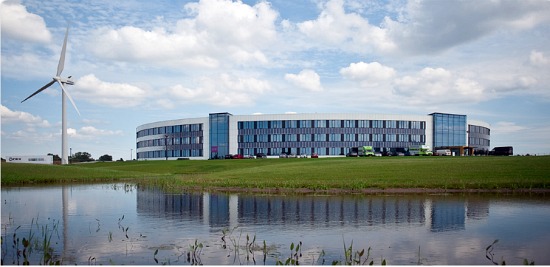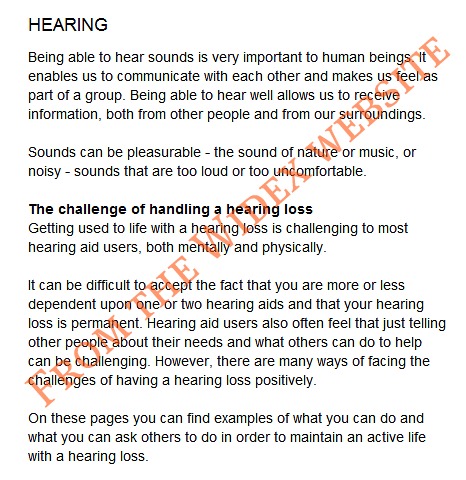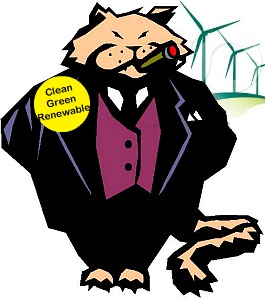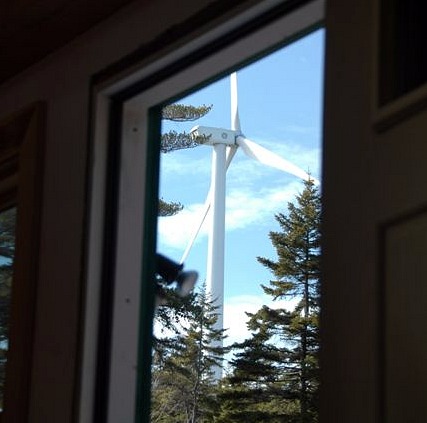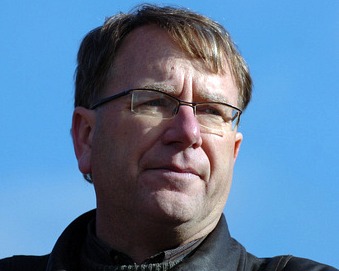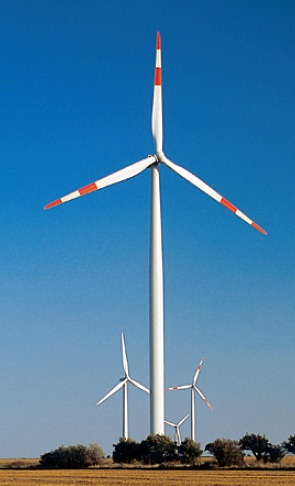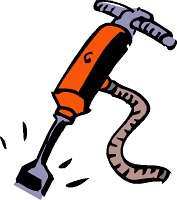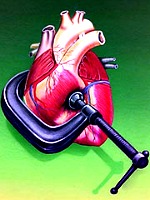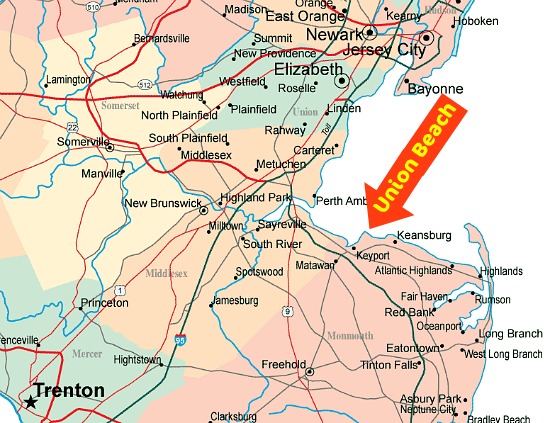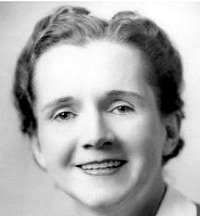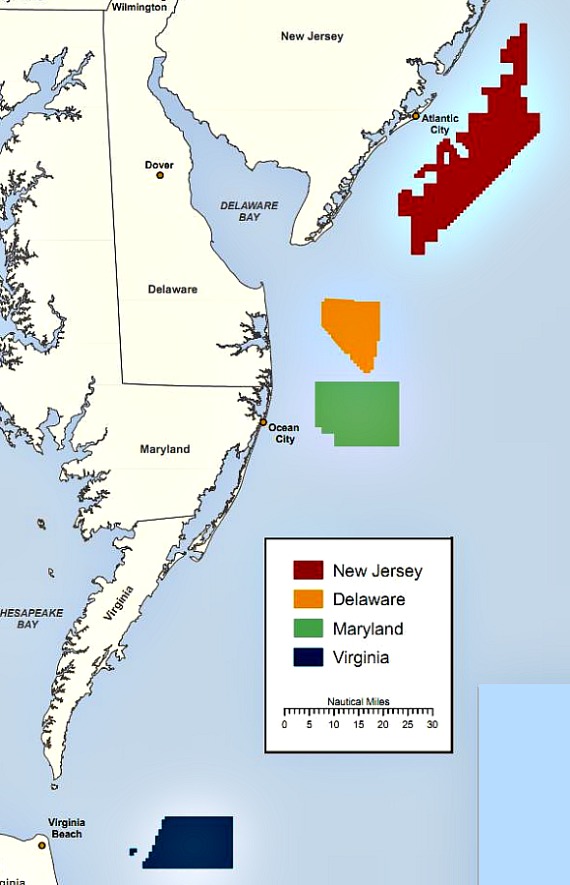“We simply cannot live here anymore” (Denmark)
·
—Peter Skeel Hjorth, Danish Journalist
The noise and the shadows from a 100-meter high wind turbine have turned the lives of its neighbours in rural surroundings into a psychedelic nightmare since the blades began to rotate in the beginning of July 2010 in Lynge in Northern Sealand, about 30 km north of Copenhagen.
Here, the Danish company, Widex, has built new headquarters that houses more than 600 employees.
Widex is one of Denmark’s richest family-owned companies and international producer of hearing aids with subsidiary companies in 30 countries and a share of the world market of 10 percent, according to information from the company.
The architecture of the new domicile is attractive and it is equipped with advanced green technology, giving it a high advertising value.
On its web page Widex writes: “We also believe in clever solutions and that things can always be done better. Our entirely CO2-neutral headquarters in Denmark is testament to this commitment.
The building, which houses more than 600 employees, stands out as a prime example of a cutting-edge and environmentally friendly building, which combines the use of renewable energy with the maximum recovery of energy.
A variety of energy-conserving and environment friendly measures based on new as well as more well-known methods makes the building unique.
The geothermal system, where groundwater is used like a heat reservoir, is the first of its kind in Denmark. The system is very effective, reducing CO2 emissions by seventy percent compared to traditional heating systems.
Widex has also mounted a windmill at the premises which delivers more power annually than Widex uses in total. Not only does this make the headquarters completely CO2-neutral – it also allows Widex to deliver excess power to the electricity grid, providing a CO2-free contribution to the local area.
Widex presents itself as a role model for others, and makes use of the PR value of its green technology in order to stand out as exceptionally environmentally-friendly. However, because of the wind turbine—a Vestas V80 of 2 MW—it is to the detriment of the lives of its neighbours.
The wind turbine is situated 120 meters from the new headquarters and in a way so that the building at no time is affected by the impact of the shadows. But the neighbours are, and they are also strongly affected by the special wind turbine noise.
The wind turbine is placed extremely close to the 70 hectare Birkholm Nursery. It is owned and managed by Ole Schjellerup, 52, who lives in his house 423 meters from the turbine. “The wind turbine has ruined our lives. We built a house that we now have to sell because we simply cannot live here anymore. It has also become a hell for my employees.”
Each of the turbine’s three blades is 40 meters long. The 60-meter high turbine tower is placed 50 meters from the boundary of the nursery. When the blades are horizontal and point towards the nursery, there are only ten meters between the tip of the blade and the boundary. It is not surprising that the workers may experience a sense of danger when they carry out their gardening work near the boundary.
On Oct 1, 2010, the sun was positioned in a way so that the wind turbine for the first time darkened Ole Schjellerup’s house because of the impact by the shadows from the turbine. He describes to a local newspaper the experience. “It is horrendous. The living-room is like a psychedelic disco. Everything blinks. It makes your head spin.”
This peaceful garden has become like a haunted place because of the noise, the newspaper reported.
”We cannot use our front garden or our verandah anymore. The verandah door to our bedroom is normally open during the summer. But we cannot leave it open, now. There is simply too much noise. It is both the engine noise from the turbine as well as the whistling noise from the blades. (more…)

